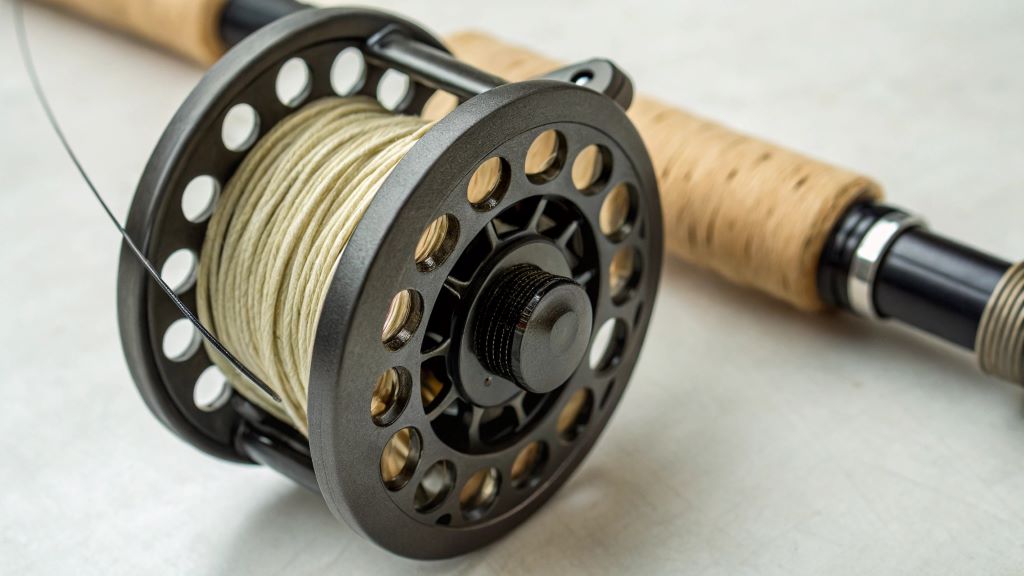Monstera plants, with their vibrant green leaves and iconic perforations, have become increasingly popular among plant enthusiasts. They bring a touch of tropical beauty to any indoor or outdoor space. However, like any living organism, Monstera plants have their temperature preferences. As a responsible plant owner, it is crucial to understand the optimal temperature range for your Monstera to thrive. In this article, we will explore the ideal temperature conditions for Monstera plants, how temperature affects their growth, and provide useful tips to ensure your Monstera stays happy and healthy.
Understanding Monstera Temperature Preferences
Monstera plants, scientifically known as Monstera deliciosa, are native to the tropical rainforests of Central America. These plants have evolved to thrive in warm and humid environments, making temperature an essential factor for their growth and overall well-being.
Ideal Temperature Range
The ideal temperature range for Monstera plants is between 65°F (18°C) and 85°F (29°C). Within this range, Monstera plants can develop robust foliage, grow at a steady pace, and maintain their health. It is important to note that temperatures slightly outside this range are generally well-tolerated by Monstera plants. However, extreme temperatures can have adverse effects. Additionally, it is important to avoid exposing your monstera direct sunlight for extended periods, as this can cause damage to the leaves and hinder its growth.
Effects of High Temperatures
Monstera plants can struggle to cope with excessive heat, particularly if it persists for prolonged periods. High temperatures above 90°F (32°C) can lead to various issues, including:
- Leaf Curling: When exposed to high temperatures, Monstera leaves may curl and appear droopy. This is the plant’s way of reducing the surface area exposed to direct sunlight and minimizing water loss through transpiration.
- Wilting and Browning: Extended exposure to high temperatures can cause Monstera leaves to wilt, turn brown at the edges, or even develop yellow spots. This indicates the plant is under stress and is struggling to retain moisture.
- Stunted Growth: Heat stress can impede a Monstera plant’s growth, resulting in stunted or slowed development. The plant’s energy is redirected towards survival rather than new leaf growth or root development.
Effects of Low Temperatures
While Monstera plants are generally more tolerant of lower temperatures than high temperatures, extremely cold conditions can still pose challenges. Temperatures below 50°F (10°C) can lead to the following issues:
- Slowed Growth: Cold temperatures slow down the metabolic processes within a Monstera plant, leading to decreased growth rates. The plant’s ability to absorb nutrients and water is reduced, resulting in stunted development.
- Leaf Damage: Cold temperatures can cause the leaves of a Monstera plant to develop dark spots or turn black. Frost or freezing temperatures can even lead to leaf death, causing irreversible damage to the overall appearance of the plant.
- Root Rot: Cold and damp conditions create a favorable environment for the growth of harmful fungi, leading to root rot. Root rot can severely damage the plant’s root system, hindering its ability to absorb nutrients and water effectively.
Maintaining Optimal Temperature Conditions
Now that we understand the temperature preferences of Monstera plants, let’s explore some practical tips to help you maintain the optimal temperature conditions for your beloved plant:
Indoor Temperature Control
- Placement: Keep your Monstera away from drafty areas, such as near open windows, air conditioning vents, or heaters. Sudden temperature fluctuations can be detrimental to the plant’s well-being.
- Thermostat Settings: Ensure your indoor thermostat is set within the recommended range of 65°F (18°C) to 85°F (29°C). Maintaining a consistent temperature will provide a stable environment for your Monstera.
- Humidity Enhancement: Monstera plants thrive in humid conditions. To create a suitable microclimate, you can use a humidifier, place a tray of water near the plant, or mist the leaves regularly.
Outdoor Temperature Control
- Shade and Protection: If you choose to keep your Monstera outdoors, ensure it is positioned in a shaded area to shield it from direct sunlight during the hottest parts of the day. This will help prevent leaf damage caused by excessive heat.
- Covering in Cold Weather: When temperatures drop, it is essential to protect your outdoor Monstera from frost or freezing conditions. Cover the plant with a breathable cloth or bring it indoors temporarily until the cold spell passes.
Temperature Monitoring and Adjustments
- Thermometer Usage: Consider using a thermometer to monitor the temperature around your Monstera plant, especially during extreme weather conditions. This will enable you to take prompt action if the temperature falls outside the optimal range.
- Seasonal Adjustments: During colder months, adjust the indoor heating to maintain a suitable temperature for your Monstera. Similarly, in the summer, use shades or curtains to block excessive sunlight and prevent overheating.
Conclusion
Understanding the temperature preferences of your Monstera plants is vital for their overall health and growth. Maintaining a consistent temperature within the recommended range of 65°F (18°C) to 85°F (29°C) will provide the optimal conditions for your Monstera to flourish. By following the tips and guidelines outlined in this article, you can ensure that your Monstera remains happy, healthy, and an eye-catching addition to your indoor or outdoor space.
Remember, each Monstera plant is unique, and factors such as humidity, airflow, and individual plant characteristics may influence their tolerance to temperature variations. Paying close attention to your plant’s behavior and making adjustments accordingly will help you create an environment that meets its specific needs. Enjoy the journey of nurturing your Monstera and witnessing its lush foliage thrive in the perfect temperature range!



